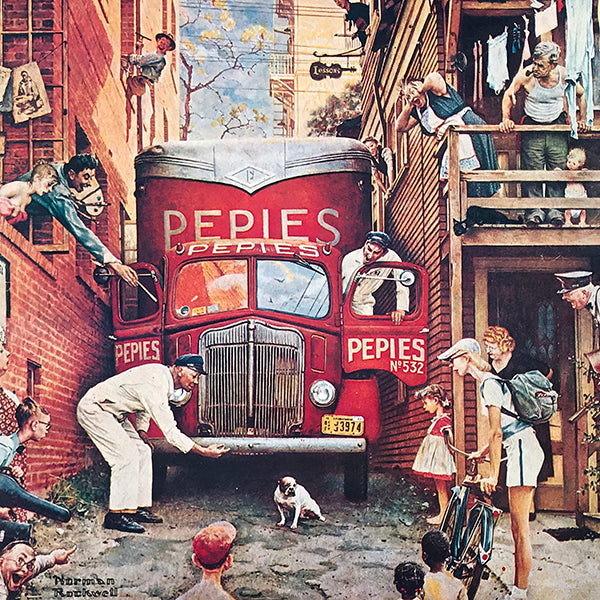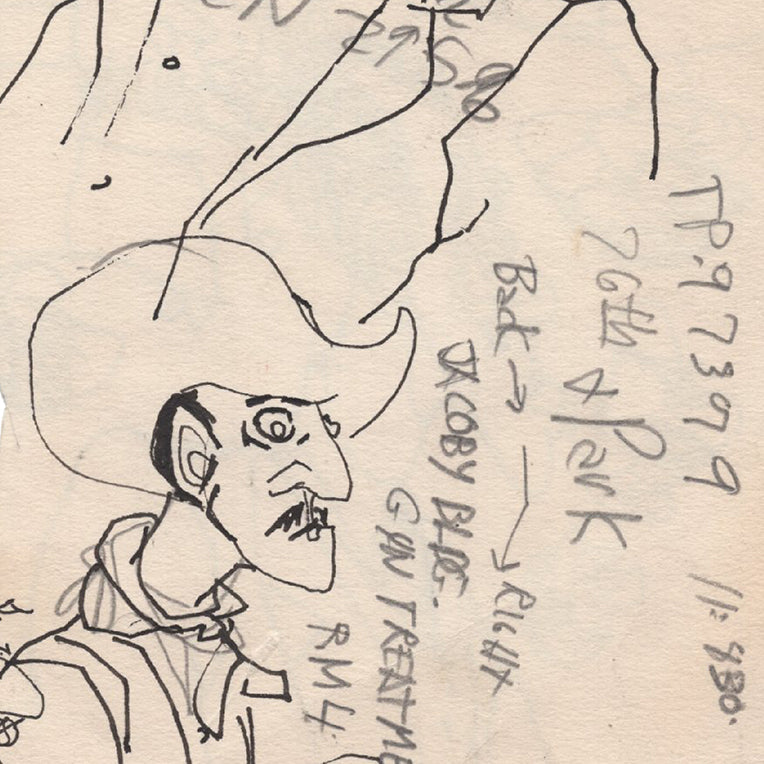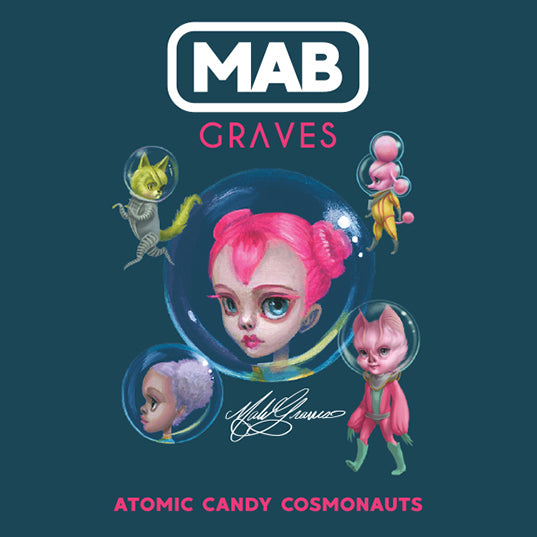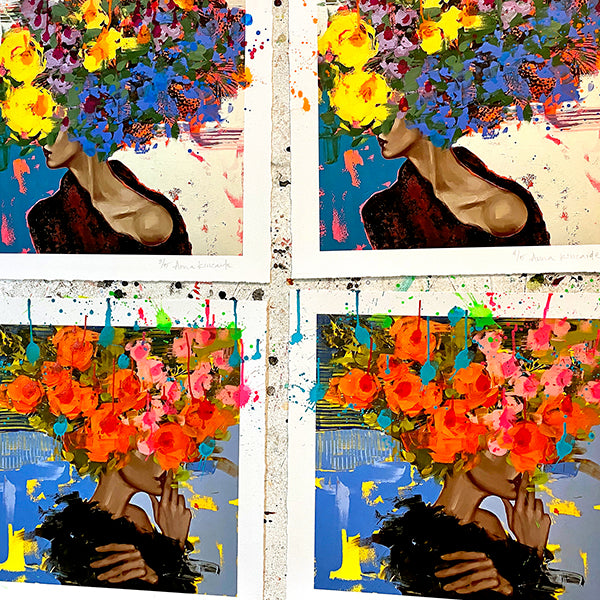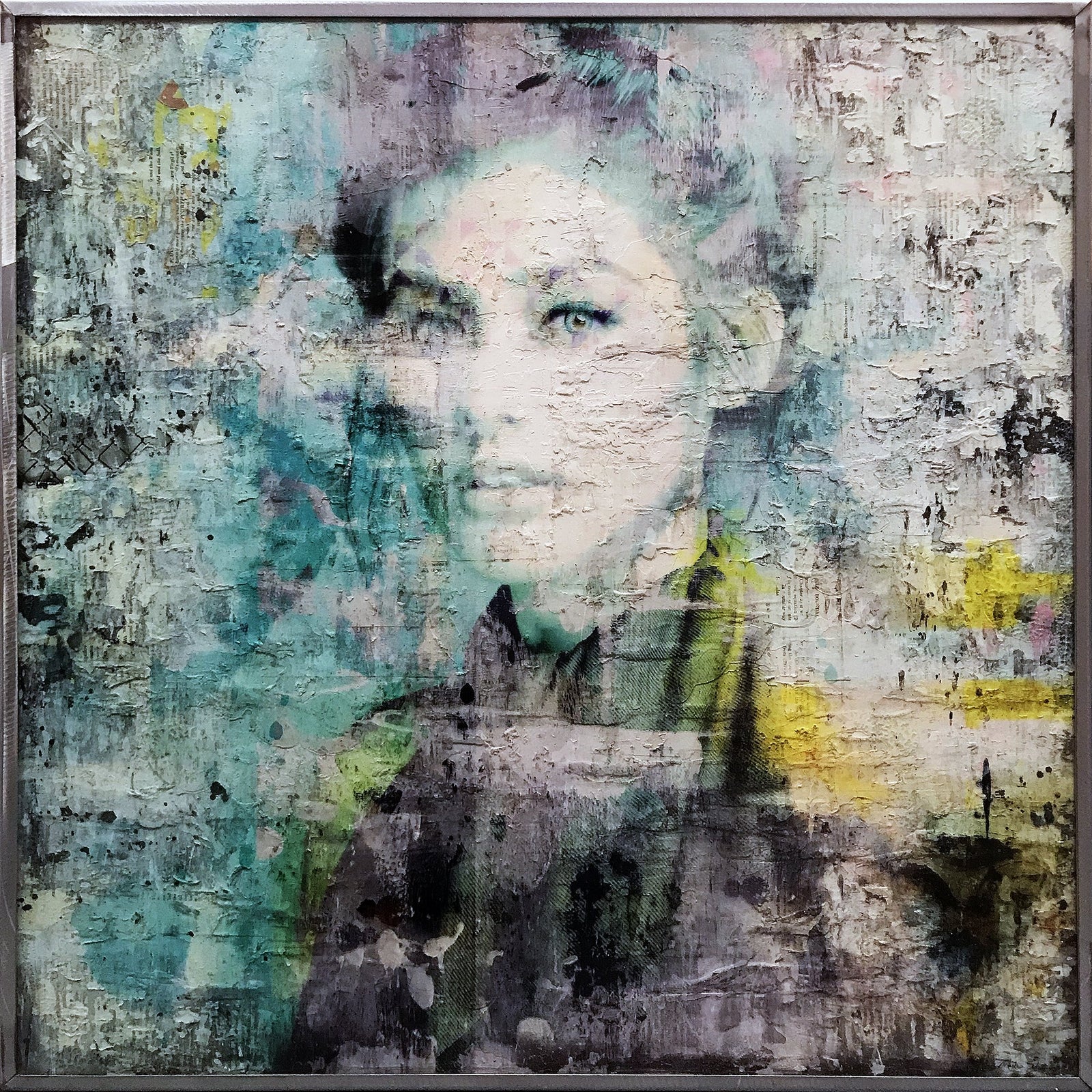“HEPBURN’S HUMANITY” IS AN INSPIRED COLLABORATION BETWEEN MASSACHUSETTS ART COLLECTIVE HOUSE OF ROULX AND LOS ANGELES BASED POLITICAL ARTIST FREE HUMANITY.
The Original Photography:
Milton H. Greene (March 14, 1922 – August 8, 1985) was born Milton H. Greengold into a Jewish family in New York City on March 14, 1922. He became interested in photography as a teenager and began taking photos at the age of 14. Greene was awarded a scholarship to the Pratt Institute, but decided to pursue a career in photography instead. He apprenticed with photojournalist Elliot Elisofen and later worked as an assistant to Louise Dahl-Wolfe. Greene eventually began his own career and, at the age of twenty-three, became known as "Color Photography’s Wonder Boy.”
Greene spent nearly 50 years behind the lens; his early work as a fashion photographer was featured throughout the pages of Life, Look, Harper’s Bazaar, Town & Country and Vogue during the 1940s and 1950s. Next, he took to celebrity portraits, showcasing not only the image of his subjects, but their hearts. Best known for his work with Marilyn Monroe and “The Black Sitting,” Greene captured the essence of such iconic subjects as Frank Sinatra, Grace Kelly, Cary Grant, Elizabeth Taylor, Sammy Davis, Jr., Sophia Loren, Andy Warhol, Judy Garland, Alfred Hitchcock, Lauren Bacall, Steve McQueen, Ava Gardner and countless others.
On July 8, 1955 Greene was on the set of War and Peace (Paramount, 1956) in Rome, Italy, July 8, 1955, documenting the film and it’s lead actress, the incomparable Hollywood and fashion icon Audrey Hepburn starring as Natasha Rostova.

House of Roulx owns the rights to 3 of the original negatives from the War and Peace sessions as part of our personal archive and had been envisioning the ideal project to utilize them.

Aware of artist Free Humanity's affinity for the philanthropic efforts of Hepburn throughout her lifetime, a collaboration seemed the natural course, and the idea for “Hepburn’s humanity” was spawned.
This collection of original work serves as the ultimate collimation of our goal and the resulting year long creative process between Free Humanity and House of Roulx.



